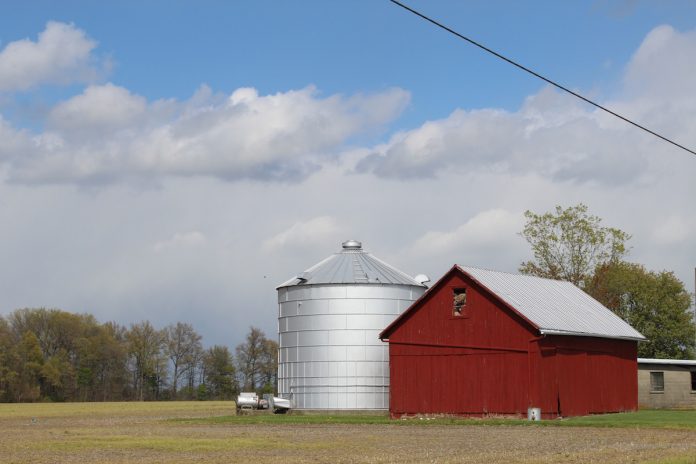Like most of the news nowadays, the initial numbers from the 2022 Census of Agriculture were accurately reported, quickly downplayed — or even worse, ignored — by most Big Ag groups, and then just pushed aside by the rush of the next day’s news.
That’s a mistake because the numbers, released on Feb. 13 by the U.S. Department of Agriculture’s National Agricultural Statistics Service, show the rapid maturity and coming old age of U.S. agriculture.
But these numbers, like old soldiers, won’t just fade away. They’re real and consequential. For example, according to NASS, the number of U.S. farms plunged by 142,000, or 7%, in the five years between 2017 and 2022. It’s the largest drop in farm numbers over the last four ag census periods and the lowest total number of U.S. farms since 1850 when the U.S. was a nation of just 31 states and four territories.
Equally shocking is the confounding fact that this slide happened at the same time Congress and the USDA were shoveling billions into farm programs to support farmers and ranchers.
According to a Feb. 20 report titled “Unsustainable: the State of the Farm Safety Net,” published by the National Sustainable Agriculture Coalition, the federal government “distributed” $142 billion “through farm safety net programs” from 2017 to 2022.
The biggest bite over those five years was “ad hoc spending,” money not budgeted in any Farm Bill; it totaled $67 billion. Next came federal crop insurance, the principal revenue-supporting device in U.S. ag policy; it cost $46 billion. And pulling into third was “commodity programs” at $29 billion.
How do you send $142 billion in taxpayer dollars to farmers in five years and still end up with the fewest number of American farms in 172 years? The Census offers clues.
According to it, the only farm size category that increased in numbers was farms “operating 5,000 acres” or more. These biggies controlled 42% of all farmland in 2022. Additionally, 6% of farms with $1 million-plus in annual sales owned 32% of U.S. farmland and generated 75% of all ag sales nationwide.
That ever-bigger bigness was matched by an ever-graying grayness. According to the Census, the average age of U.S. farmers jumped from 57.5 in 2017 to 58.1 in 2022. More to the point, in 2017 one out of four U.S. farmers were 65 years old or older; in 2022, it was one out of three, or an increase of 12% in the ratio.
In the meantime, the number of farmers aged 35 to 65 dropped 9%.
In fairness, the number of farmers with less than 10 years’ experience — a group USDA calls “beginning farmers” — grew 11%, a pleasant surprise except for the rude fact that these “beginners” were an average 47.1 years old.
After reviewing the hard numbers, Secretary of Agriculture Tom Vilsack suggested that they prove the Biden Administration is on the right track in its call for a “different model” of agriculture that lends a big hand to small — and medium-sized — farmers while continuing to support big farmers, too.
But there’s nothing different in that “different model.” In fact, the proposed — and still not done — 2023 Farm Bill contains no plan to cap program payments to the biggest of the bigs and offers no favoritism to the “farms in the middle,” the smaller-sized farms that survive mostly through substantial off-farm income.
The facts are that our relentless drive to wring profit out of our nation’s soil, water and rural communities has built a highly productive, very fragile, top-down food structure that leans heavily on federal subsidies, environmental degradation and the slow liquidation of rural America.
That system isn’t sustainable — and neither are we — without change.














